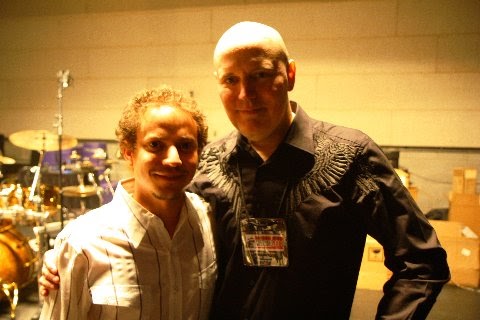

Quenk NL: Essentials of the Myers-Briggs Type Indicator assessment. 1966, Chicago: University of Chicago Press Miller RW, Rollnick S: Motivational Interviewing: Preparing People for Change. Miller RW, Rollnick S: Motivational Interviewing: Preparing people to change addictive behavior. Miller WR: Motivational interviewing with problem drinkers. Evidence-based treatments are worth trying in populations where they have not yet been tested, and there is also a need for scientific study of the intuitive interventions that have arisen from an indigenous culture's own wisdom and experience. Hall suggested a similar two-way street in psychotherapy research with cultural minorities. This kind of practice-based evidence is also important, and needs to be compared, tested and refined with clinical trials. It feels intuitively sound based on their own experience. Well before this evidence base accumulated, however, MI disseminated readily and rapidly by word of mouth among clinicians, who are drawn to it not just from the clinical trials but because, for the lack of a better term, they seem to "recognize" it.

A large evidence base comprising more than 200 randomized clinical trials has emerged, showing positive effects (albeit inconsistent) across many health problem areas. The history of MI, however, does suggest potential value in beginning from clinical intuition. Whether either one is in some sense superior to the other is a value judgment that we do not wish to make. Both approaches have value and a long tradition in the history of science. They differ in the source of hypotheses: intuitive experience versus rational deduction from a pre-existing theory. The rigor of scientific method is equally important in both approaches. Over time, this approach may lead to the development of a higher-order theory as a byproduct. We have preferred instead to move between the context of discovery and the context of justification - deriving intuitive hypotheses from clinical experience, submitting them to the verification of scientific method, and then going back to the drawing board to try again. This has simply never been a forte or primary scientific interest for either of us, to the dismay of some of our mentors and colleagues. The world of academia, in contrast, tends to place a high premium on starting from coherent theory and rationally deriving hypotheses that will be tested to either confirm or revise the theory. Much of what we have done in our careers has sprung from efforts to deal with practical problems that clinicians encounter in their daily work. In part this reflects our own temperaments, preferring intuitive to rational-deductive ways of knowing, with a focus on the "real" world of clinical practice.


 0 kommentar(er)
0 kommentar(er)
